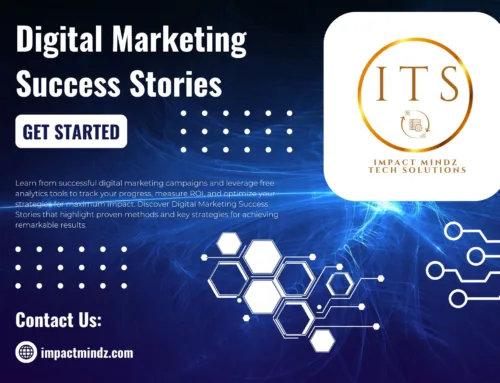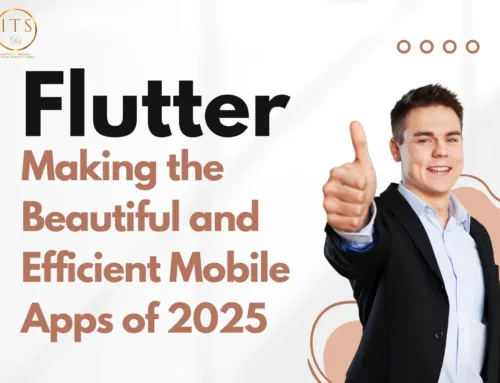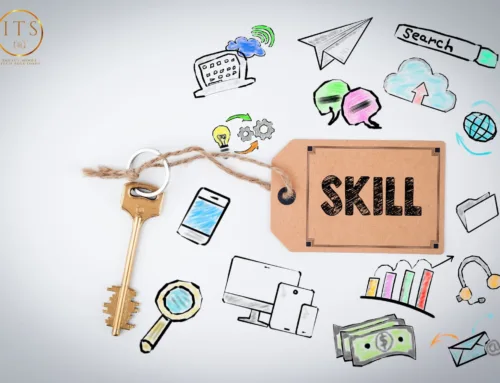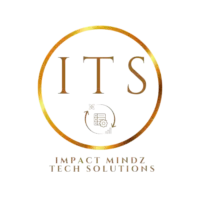In the vast ocean of the digital world, websites and apps compete for user attention. In this battle, the user experience (UX) acts as the life raft – a well-designed one propels users towards conversion, while a leaky one leads them straight to the “back” button.
Demystifying UX Design: From Jargon to User Journey
But what exactly is UX design? It’s the intricate dance between usability, information architecture, interaction design, and visual design, all working in harmony to create an intuitive and engaging experience for users. Let’s break down these key components:
Usability: Is your website or app easy to use? Can users find what they need quickly and efficiently, or do they get lost in a labyrinth of menus and confusing layouts?
Information Architecture: Think of this as the organization system of your website. How is information categorized, labeled, and presented? A well-structured information architecture ensures users can navigate effortlessly.
Interaction Design: This focuses on how users interact with your interface. Are the buttons clear? Do forms flow smoothly? Does the overall interaction feel intuitive and responsive?
Visual Design: The aesthetic appeal of your interface. While beauty shouldn’t come at the expense of functionality, a visually pleasing design can certainly enhance the overall user experience.
The User Journey: Mapping the Path to Success
UX design is not a one-off task; it’s a continuous process that revolves around understanding user needs and behaviors. Here’s what a typical user journey might look like:
Awareness: The user becomes aware of your brand or product through various channels. Perhaps they see a social media ad or hear a friend raving about your app.
Discovery: The user lands on your website or app. Now, the UX design takes center stage. Can they easily find the information they need about your product or service?
Evaluation: Once the user finds the information, is it clear and compelling? Does it answer their questions and address their pain points?
Conversion: Is the purchase process smooth and straightforward? Are there any unnecessary friction points that might deter the user from completing a purchase?
Retention: The user experience doesn’t end with a conversion. Does your website or app offer any post-purchase support or valuable resources that encourage users to come back for more?
By mapping this journey and understanding user behavior at each stage, UX designers can create an experience that seamlessly guides users towards the desired action – be it a purchase, a subscription, or simply brand engagement.
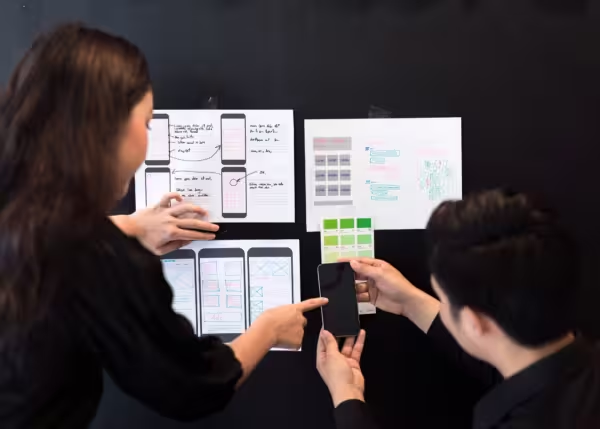
How UX Design Helps Businesses Thrive
The benefits of well-crafted UX design are numerous for businesses of all sizes. Here are just a few:
Increased Conversions: A user-friendly website or app makes it easier for customers to find what they need and complete purchases. Frustration is minimized, leading to higher conversion rates.
Enhanced Customer Satisfaction: When a website or app is intuitive and easy to navigate, users have a more positive experience with your brand. This fosters trust and loyalty.
Improved Brand Reputation: A negative UX can quickly damage your brand image. Conversely, a positive user experience acts as a silent advocate, encouraging word-of-mouth marketing and positive reviews.
Reduced Support Costs: A well-designed interface with clear information architecture means fewer customer support inquiries. This saves your business valuable time and resources.
Stronger Competitive Advantage: In a crowded digital marketplace, a standout UX can set you apart from the competition. Users will remember the ease and joy of using your platform, making them more likely to choose you over others.
Investing in Your Users: Taking the Plunge into UX Design
Now that we’ve established the importance of UX design, you might be wondering where to begin. Here are some steps you can take:
Understand your users: Conduct user research to identify their needs, wants, and pain points. This may include conducting surveys, interviews, and user testing.
Set clear goals: What do you want your users to achieve on your website or app? Conversions? Signups? Downloads? Having specific goals helps tailor the UX design for maximum impact.
Craft a user-centric design: Every design decision should be informed by user research and data. Prioritize usability, clarity, and accessibility.
Seek expert help: If you lack the in-house expertise, consider partnering with a UX design agency like Impact Mindz Tech Solutions. Our team of skilled professionals can help you create an exceptional user experience that drives results.
Empowering Yourself: Resources and Tools for Aspiring UX Designers
The world of UX is open to anyone with a passion for user-centricity and a keen eye for detail. Here are some resources and tools to equip you on your UX design journey:
Free Online Courses: Platforms like Coursera, edX, and Udemy offer a plethora of UX design courses for beginners and experienced designers alike. These courses cover various UX design principles, methodologies, and tools.
Books: Dive deep into the theoretical and practical aspects of UX design with acclaimed books like “Don’t Make Me Think” by Steve Krug, “The Design of Everyday Things” by Don Norman, and Microcopy: The Complete Guide to Writing Tiny Text that Converts” by Brian Clark.
Podcasts: Stay on top of the latest trends and best practices by subscribing to UX design podcasts like “UXPod,” “Design Better Podcast,” and “User Experience Podcast.” These podcasts feature interviews with industry experts, case studies, and insightful discussions.
Online Communities: Connect with fellow UX enthusiasts and professionals through online communities like “UX Stack Exchange” and “The Futur.” These platforms offer a space to ask questions, share your work, and learn from others.

Building Your UX Design Portfolio: Showcase Your Skills
As with any creative field, a strong portfolio is essential for landing UX design gigs. Here’s how to build a compelling portfolio:
Focus on Quality over Quantity: Don’t just showcase every project you’ve worked on. Choose projects that demonstrate your diverse UX skills and problem-solving abilities.
Tell the Story: Each project should have a clear narrative. Explain the design challenge, your research process, the solutions you implemented, and the results achieved.
Visualize Your Process: Use clear visuals like wireframes, prototypes, and final designs to showcase your design thinking and execution capabilities.
Prioritize User Impact: Highlight the positive impact your UX design solutions had on users. Did they improve conversion rates? Increase user satisfaction? Quantify your success whenever possible.
Impact Mindz Tech Solutions: Your Partners in UX Design Excellence
At Impact Mindz Tech Solutions, we understand the transformative power of exceptional UX design. Our team of passionate and experienced UX designers collaborates closely with clients to:
Conduct thorough user research: We delve deep to understand your target audience, their needs, and their behavior patterns.
Craft user journeys: We map out the ideal user journey, ensuring seamless navigation and a positive overall experience.
Design user-centric interfaces: Our focus remains on usability, accessibility, and visual appeal, creating interfaces that delight and engage users.
Measure and iterate: We believe in data-driven design. We track user behavior and continuously refine the UX based on insights and analytics.
Are you prepared to harness the power of UX design for your business? Contact Impact Mindz Tech Solutions today and let’s create an exceptional user experience that drives results together: Impact Mindz Tech Solutions
The Final Word: A Continuous Journey
The world of UX design is constantly evolving. New technologies, user behaviors, and design trends emerge regularly. As an aspiring or established UX professional, staying curious and continuously learning is key. Embrace the journey, experiment, refine your skills, and become a champion for user-centric design. By prioritizing user needs at every step, you can create digital experiences that not only convert but also leave a lasting positive impression.


